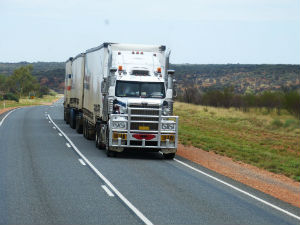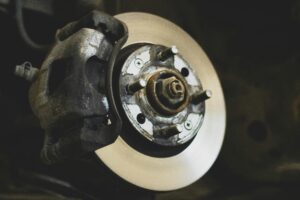It should go without saying. Inspecting your truck is a crucial part of your job as a truck driver. This shouldn’t just be done whenever there’s an issue, or every once in a while. You need to be inspecting your truck before every single trip. It might sound like overkill. However, it’s always better to be covering your bases. After all, you don’t want your truck to break down or have a malfunction on the road. Ultimately, it’s better to spend the time ahead of each gig doing an inspection. This way, you’re less likely to have a real problem out on the road by yourself. Fortunately, we have a handy list here that can help you perform necessary pre-trip inspections, easily and quickly.
Engine Compartment
Within the engine compartment, you’re mostly searching for any potential leaks. Furthermore, make sure no mounts are bent, cracked, or broken in any way. Belts should not be frayed, and the hoses, alternator, and pumps shouldn’t be leaking anything.
It’s also important to check the steering and braking systems, as well as the tires. Always search for potential cracks or tears.
Lights
There are five light locations you should be checking for any damage. These are font of the truck, each side of the truck, the rear, both sides of the trailer, and the rear of the trailer. Meanwhile, you need to confirm that the following lights are functioning: right and left turn signals, four way flashers, brake lights, and high and low beams.
In-cab
Make sure your emergency equipment, such as your fire extinguisher and spare electrical fuses, are intact. Check the horns, flashers, parking brake, windshield wiper and fluid, and all the gauges are good to go.
Anywhere else damage could occur
This includes the trailer, the base of the trailer, the coupling system, the fuel tank, and the battery area.
It might come in handy to create a checklist for yourself that you refer to during every inspection. Let us know in the comments below if this strategy works for you!




